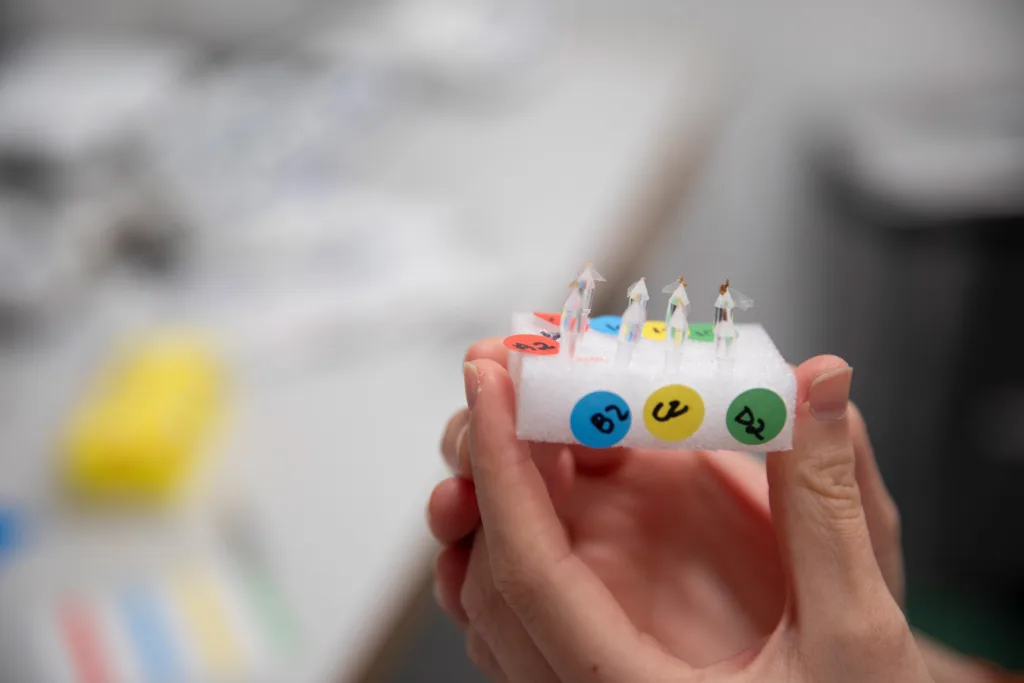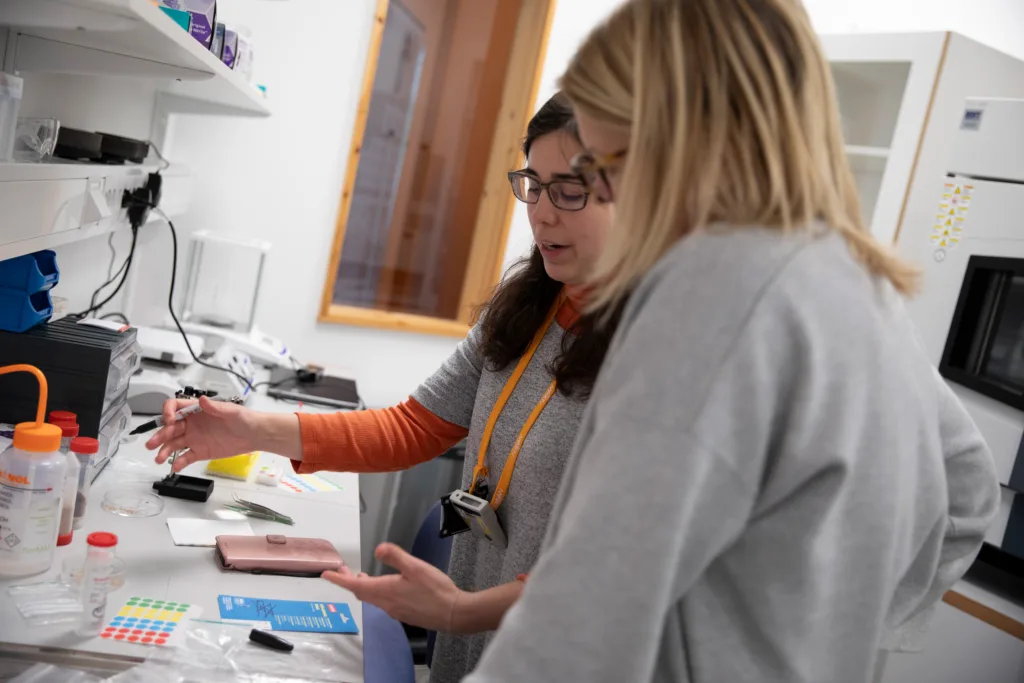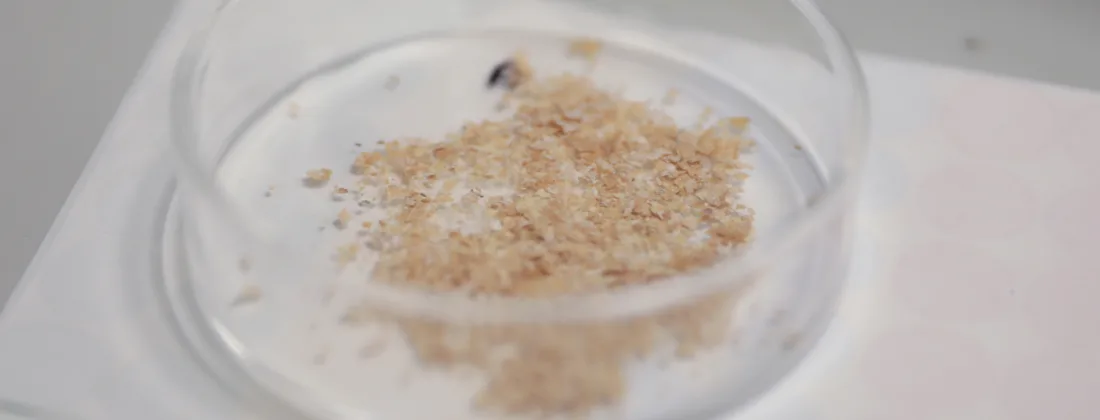Swedish agricultural cooperative Lantmännen is using the ForMAX beamline together with researchers from KTH Royal Institute of Technology, Stockholm University and Lund University for investigating the structure of wheat bran. The team hope to get clues on how to extract more fiber from the bran to use in tasty food products with health benefits.
“We eat too little fibre for optimal health today both in Sweden and the rest of the world. We’re trying to help that by making a product that can be used in foods to increase the fibre content without compromising taste and texture,” says Annelie Moldin from Lantmännen.


Fibre-rich foods might not get chosen as often because they are not as soft and tasty as products containing less fibre. If the fibre is extracted out of the hard and chewy bran, the outer part of the wheat kernel, they can be added to the product without getting noticed as much. “It is however not trivial to extract the fibre out of the wheat bran, due to its complex composition and hierarchical structure”, says Francisco Vilaplana, leader of the research team and Director of KTH FOOD. Indeed, the bran consists of different layers all with their own structure. At present the process is not effective, and a significant amount of fiber is left behind.
“We are using three-dimensional imaging and scattering methods to understand the bran structure from the macro to micro scale. ForMAX is used a lot for investigating the hierarchical structure of wood and it works sort of the same for wheat bran,” says Marjorie Ladd Parada from KTH.
This is the first time that the wheat bran from Lantmännen gets imaged in three dimensions and high-resolution. The project is supported by Lantmännen Research Foundation and Vinnova for the increased industrial utilization of neutron and synchrotron light-based techniques.




